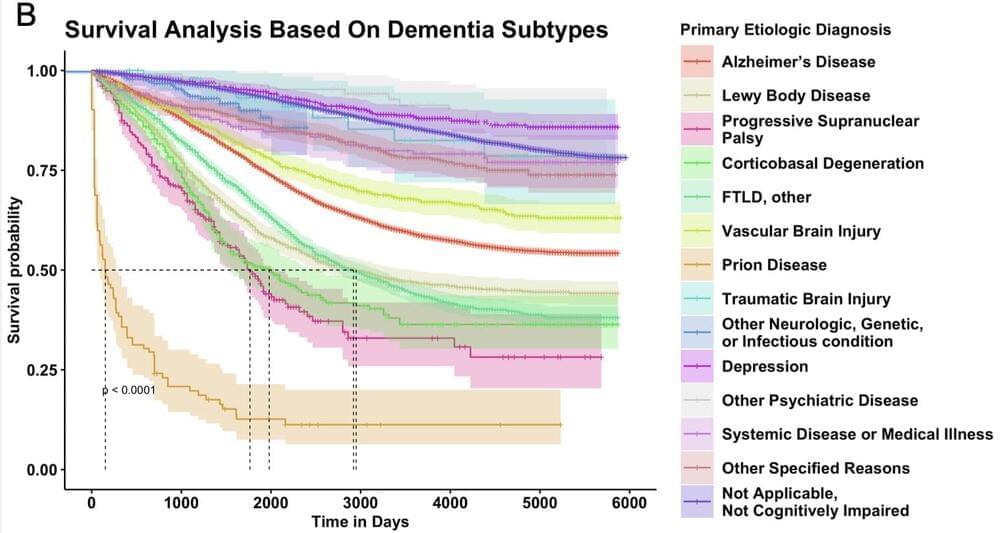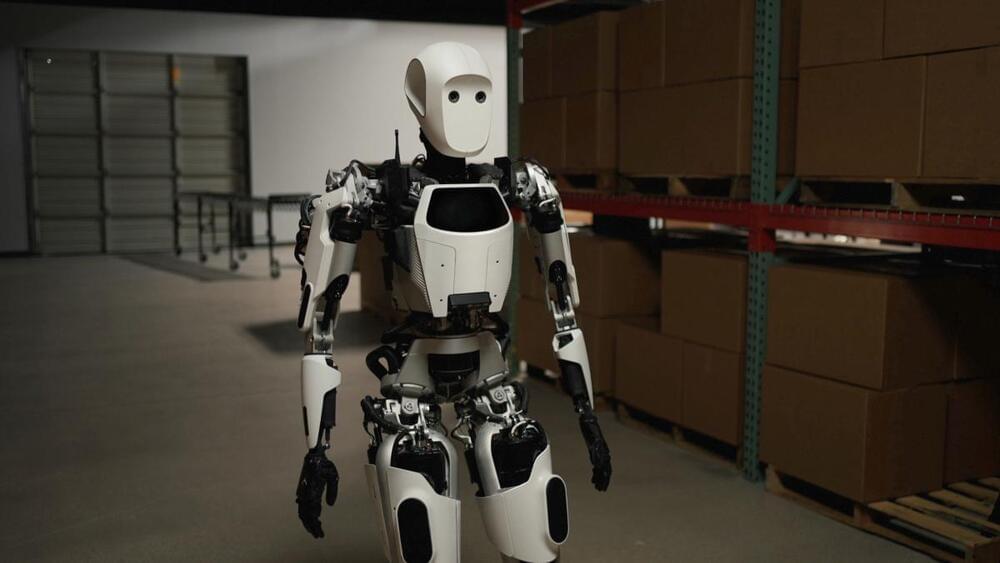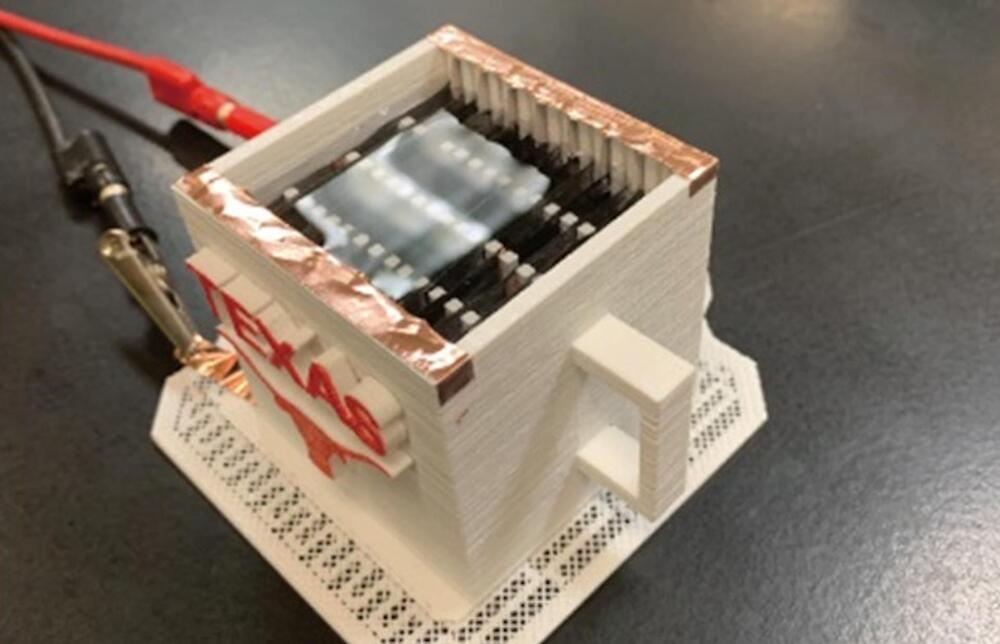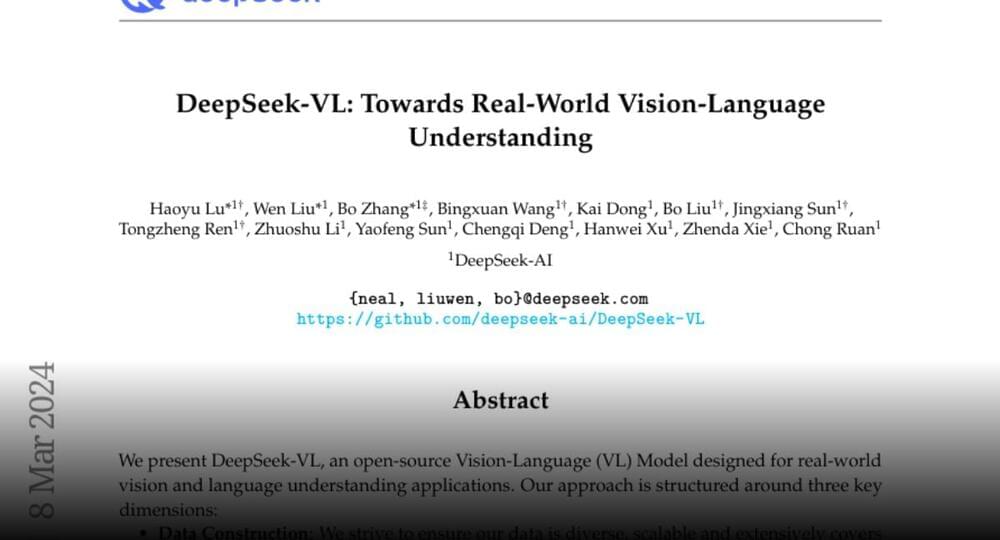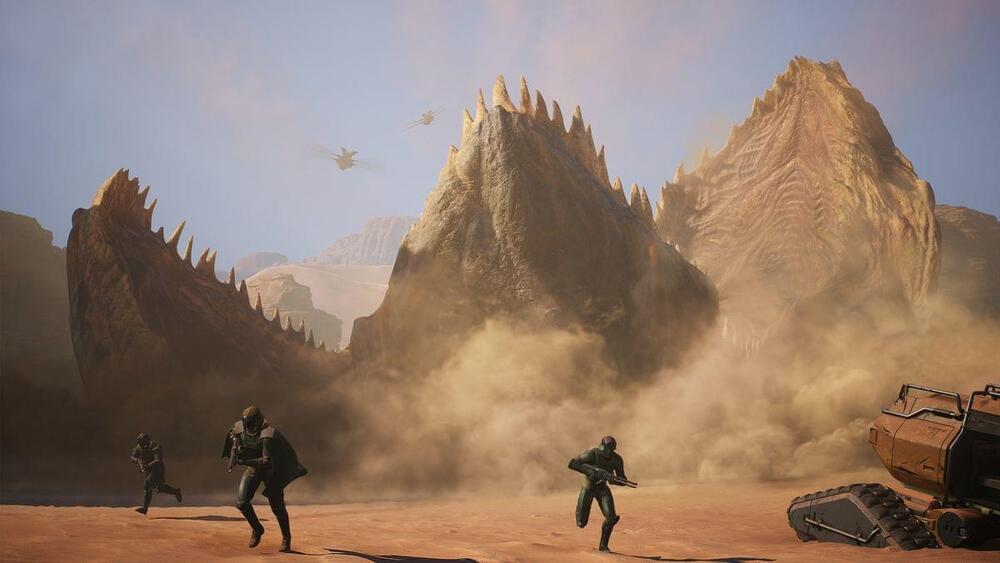Mar 11, 2024
Scientists Get Ready to Observe Neutrinos with SBND
Posted by Shailesh Prasad in category: particle physics
The Short-Baseline Near Detector collaboration is preparing for an exciting year at the U.S. Department of Energy’s Fermi National Accelerator Laboratory. After nearly a decade of planning, prototyping and construction, the team is in the final stretch of commissioning of their detector.
In January, engineers began introducing gaseous argon into SBND to push air out of the cryostat. Now that the detector is mostly free of impurities, the team has begun filling it with liquid argon.
Continue reading “Scientists Get Ready to Observe Neutrinos with SBND” »


